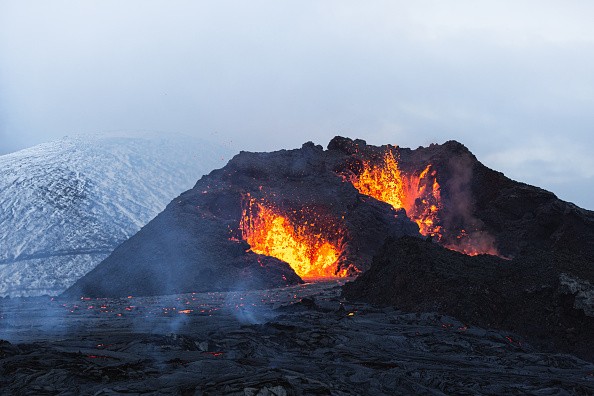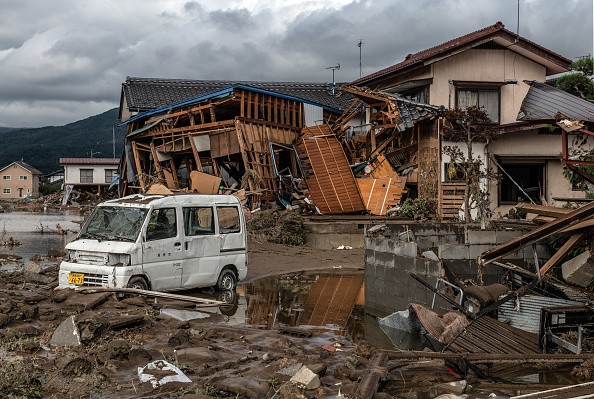The island of Luzon in the Philippines on the 15th of June 1991, was ground zero for the second-largest volcanic eruption of the 1900s when Mount Pinatubo blew its peak.

Cataclysmic Eruption of Mount Pinatubo
This historic natural event set great amounts of volcanic debris and ash high into the atmosphere, blanketing areas surrounding the volcano and even influencing the weather all over the earth.
Geologists noticed warning signs leading up to the disastrous eruption of Mount Pinatubo that aided scientists forecast a major eruption was impending, helping to save the lives of residents inhabiting close to the volcano.
On July 16, 1990, one of the initial signs of life from the volcano occurred, when a magnitude 7.8 earthquake jolted Luzon close to the site of Pinatubo.
This was followed up by less intense earthquakes in the coming months and at a point small eruptions in the days leading up to the climax of the volcano's rekindling. At 1:42 p.m. PHT (Philippine Standard Time), the cataclysmic eruption of Mount Pinatubo started.
The USGS said a cloud of hot volcanic ash hurried upward through the atmosphere, getting as high as 22 miles above the ground into the stratosphere.
Typhoon Yunya
This is over three times higher than commercial airplanes fly when it is at cruising altitude. As a threatening black cloud progresses overhead, pyroclastic flows and lahars wiped out the nearby landscape and infrastructure. Ash later stockpile on some of the areas ruined by these intense debris flows, with ash desceding as far away as the Indian Ocean.
The eruption alone was a significant occurrence, but conditions were even worst than anticipated as two forces of nature clashed. On that particular day Mount Pinatubo erupted, Typhoon Yunya made landfall on Luzon in the Philippines.The eruption was so strong that in spite of the wind and strength of Yunya, a black plume of volcanic ash blasted through the clouds spinning all over the center of the typhoon.

The Post-storm Analysis
Yunya then enfeebled to tropical storm strength, but its impact was significant. The Joint Typhoon Warning Center (JTWC) post-storm analysis discovered that the typhoon aggravated the issues created by the volcano across the Philippines. Rather than the ash being carried out to sea, the circulation all over the typhoon redistributed the ash over land as the rain fell with the downpours associated with the typhoon.
"This greatly worsens the impact of the water-laden ash fallout," the JTWC said, "bringing about the downing of power lines and the disintegration of most flat-roofed buildings because of overloading."
This eruption took the lives of about 800 people, but this number could have been more than this if it were not for officials evacuating 20,000 people from the area. The eruption had wide-ranging effects well outside of the Philippines.
For more news, updates about volcanic eruption, typhoon and similar topics don't forget to follow Nature World News!
© 2026 NatureWorldNews.com All rights reserved. Do not reproduce without permission.





